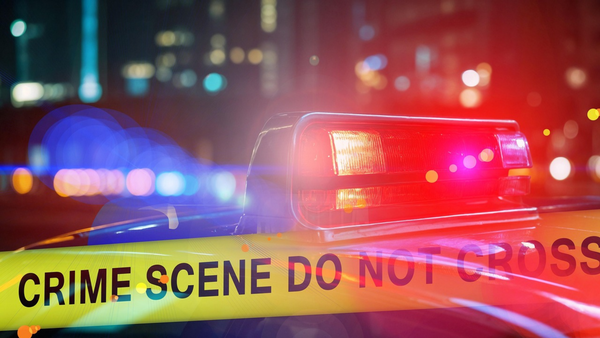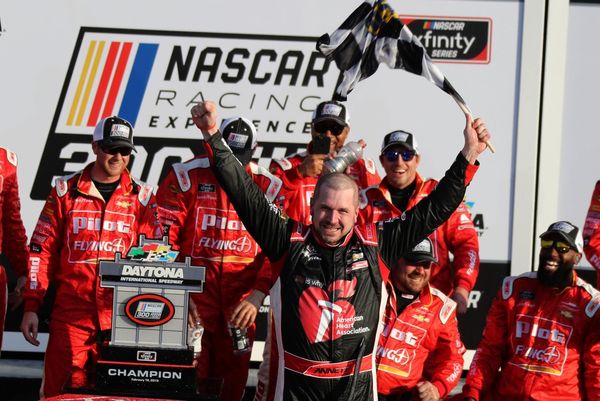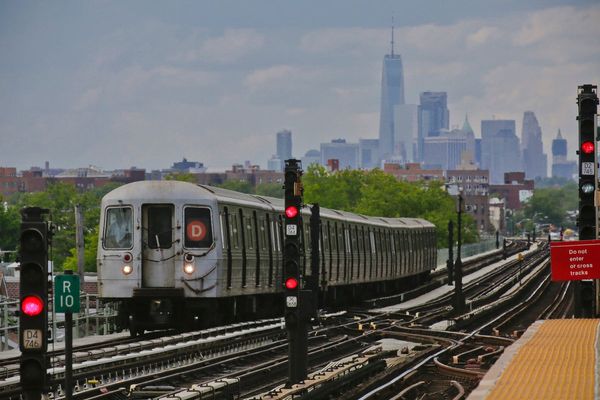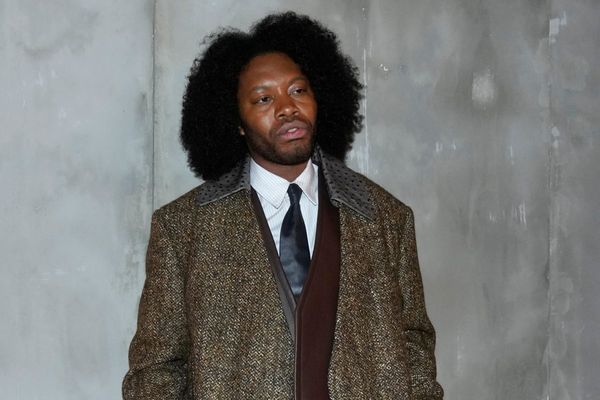NEW YORK — New York City’s subway turnstiles clocked 3.5 million entries this week, the most since March 13, 2020 — which was the Friday before the Big Apple shut down as it became an early epicenter of the COVID-19 pandemic.
It’s a major milestone for the subways, but still far off from the 5.5 million entries the subway recorded each weekday before the pandemic.
“These growing ridership numbers show that New Yorkers are ready for a post-pandemic future for our city and that means returning to the public transportation system,” said Sarah Meyer, head of customer service at the Metropolitan Transportation Authority.
Coaxing riders back onto trains will be a challenge, Gov. Kathy Hochul said as she announced the Thursday ridership figures during a Friday event hosted by the Regional Plan Association. She said more crowded trains and platforms would help ease crime and safety concerns.
“It’s not going to change overnight,” Hochul told reporters. “But the collaboration between my administration and the city of New York’s administration is going transform this.... For a long time when you’re the only one on a train, it’s kind of scary. But when now there’s 3.5 million people out there with you, there’s a sense that things are getting back to normal.”
The governor’s comments came two days after a Quinnipiac University poll estimated 61% of New Yorkers do not feel safe on the subway at night.
Hochul also said her move last year to delay a planned MTA fare hike until 2023 — after she’s up for election — ought to encourage people to take transit instead of cars.
“When you try and get someone to buy a product, you don’t turn around and raise the price of it,” the governor said.
But with ridership still down about 40% from pre-pandemic levels, the MTA still faces a steep fiscal cliff. The $14.5 billion in federal COVID relief approved by Congress for the agency is set to dry up by 2025, when the officials project a $500 million budget shortfall.
Transit fares used to pay for about 40% of the agency’s $17 billion annual operating expenses. MTA chairman Janno Lieber has in recent months acknowledged a need to fill the hole with new revenue streams.
Lieber has repeatedly said he is “agnostic” as to what funds could balance the MTA’s books — and Hochul on Friday declined to lay out any plans to find more money for mass transit operations.
“Having riders pay for a majority of the way the MTA is financed is never going to be the solution,” said Lisa Daglian, executive director of the Permanent Citizens Advisory Committee to the MTA. “There needs to be sustainable and recurring sources of operating revenue, whether it’s an increase in the sales tax or whatever it may be. There are a lot of smart people with a lot of good ideas.”
———







